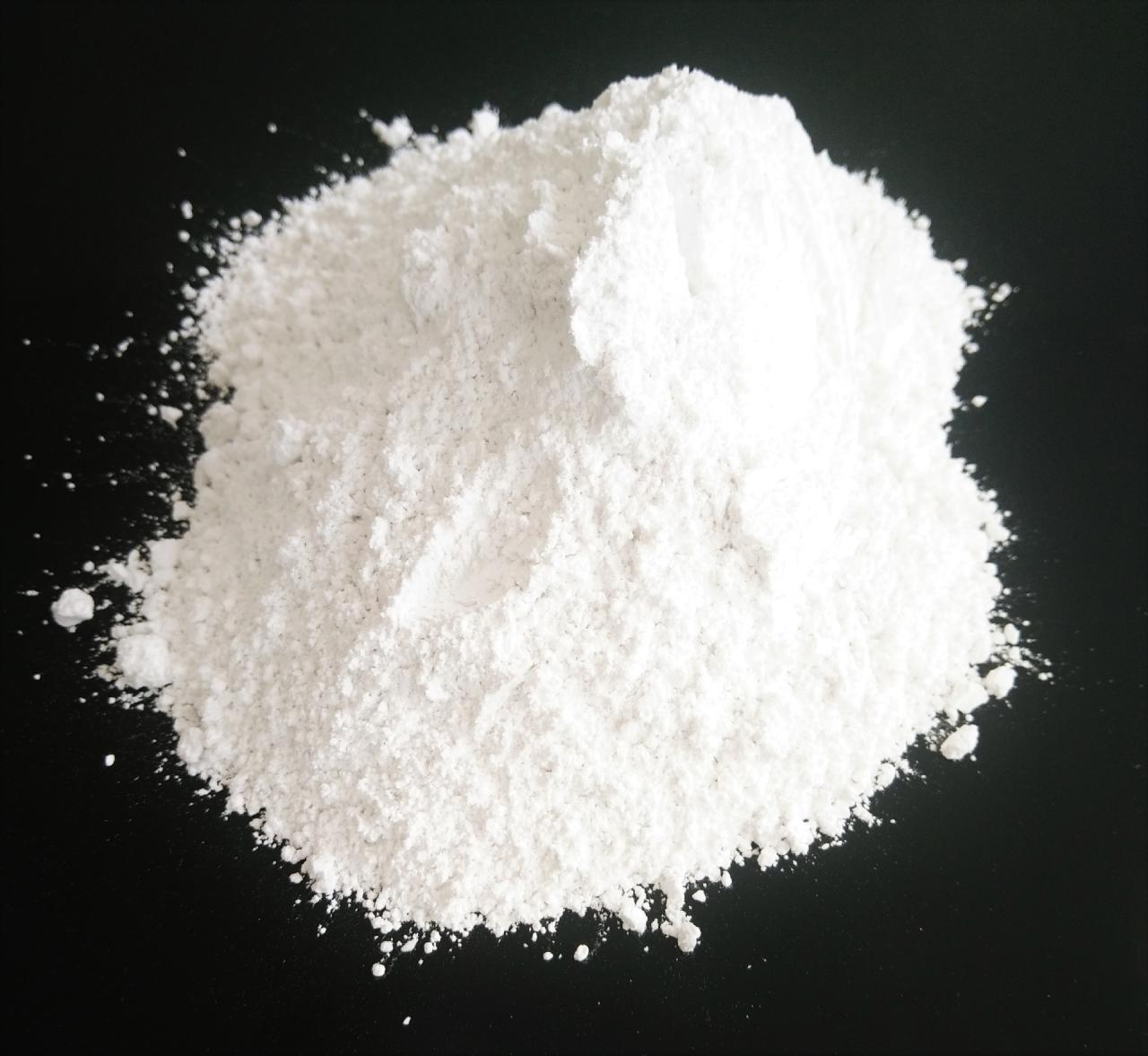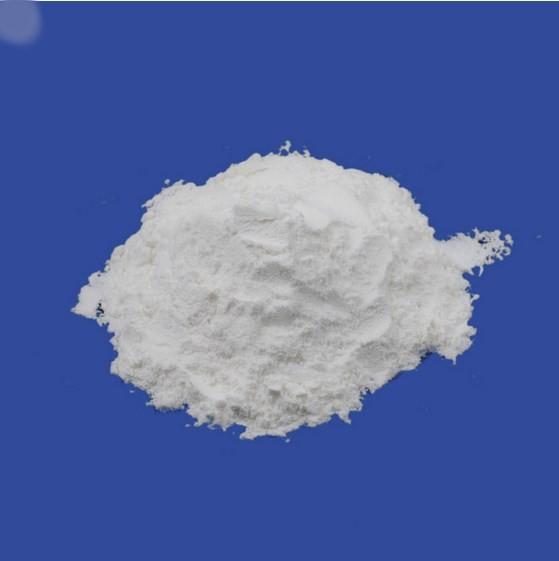1. Synergy effect
When two chain-terminating antioxidants such as hindered phenols are used together, the highly active antioxidant will deactivate the free radicals after donating hydrogen atoms; The low-activity antioxidant can supply hydrogen atoms to the high-activity antioxidant to regenerate it, so that it can be effective for a long time and have a better antioxidant effect. When antioxidants with different steric hindrances are used together, they can also inhibit the transmission of free radicals. For example, after highly active hindered phenol terminates peroxyl radicals (ROO・), the aryloxyl radicals generated can easily cause oxidative aging of polymers. The low-activity hindered phenol can regenerate the aryl oxygen free radicals into the highly active hindered phenol, thereby avoiding the chain transfer caused by the interaction between the aryl oxygen free radicals and polymers.

When hindered phenol and hydroperoxide decomposer are used together, on the one hand, it can regenerate the main antioxidant, on the other hand, it can decompose hydroperoxide, synergistically It has a strong effect and is the “golden partner” commonly used in plastic antioxidants, such as the combination of antioxidant 1010 and antioxidant 168. Synergistic reactions manifested by two or more different stabilization mechanisms in the same molecule are called self-synergistic effects. For example, Antioxidant 300 and Antioxidant 2246-S have the functions of primary and secondary antioxidants.
In addition, the main antioxidant, ultraviolet absorber, and metal ion passivator may also produce synergistic effects. The main antioxidant of the composite stabilizer is phenolic antioxidant, such as antioxidant 1010, antioxidant 1076, antioxidant 264, etc., and the secondary antioxidants are phosphite and antioxidant 168, which are the mainstream in the market. Most of the varieties of compound antioxidants are imported products.

2. Confrontation effect
When two antioxidants are used together, they weaken each other’s beneficial effects, resulting in an antagonistic effect. For example, amine and hindered phenolic antioxidants have a negative impact on polyethylene. Plastics are effective primary antioxidants, and carbon black is also a very effective antioxidant. However, when amines or hindered phenolic antioxidants are added to polyethylene containing carbon black, not only do the two have no synergistic effect, but they are even worse than the original ones. The respective stabilizing effect is worse, that is, a confrontation effect is produced.
This antagonistic effect is not only related to the type of antioxidant, but also to the type of resin. For example, when carbon black and hindered phenol are used together in ABS plastic, not only There is no antagonistic effect, but a greater synergistic effect.
3. Strong oxidation effect
When the concentration of antioxidants in the polymer system exceeds a certain value, the chance of the antioxidants directly reacting with molecular oxygen increases, and antioxidant molecules are easy to form New free radicals are produced to strengthen the oxidation reaction. Therefore, generally the amount of antioxidants used has a critical concentration, which is the optimal concentration range. Otherwise, too much dosage will lead to enhanced oxidation reactions, thereby accelerating the aging of polymers.

 微信扫一扫打赏
微信扫一扫打赏

